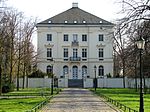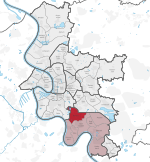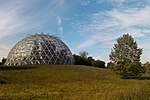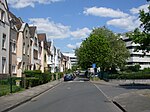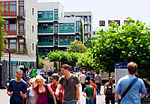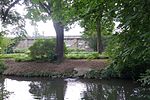Düsseldorf-Himmelgeist
Urban districts and boroughs of Düsseldorf
Himmelgeist is an old part of Düsseldorf, which is dominated by agriculture until today. Himmelgeist lies by the river Rhine, neighbouring to Flehe and Itter. It is a small suburb of Düsseldorf. Himguis was mentioned first time in a document of 904. Himmelgeist had many problems with the neighboring river Rhine throughout its history.
Excerpt from the Wikipedia article Düsseldorf-Himmelgeist (License: CC BY-SA 3.0, Authors).Düsseldorf-Himmelgeist
Am Scheitenweg, Dusseldorf Himmelgeist (Stadtbezirk 9)
Geographical coordinates (GPS) Address Nearby Places Show on map
Geographical coordinates (GPS)
| Latitude | Longitude |
|---|---|
| N 51.173055555556 ° | E 6.81 ° |
Address
Am Scheitenweg 72
40589 Dusseldorf, Himmelgeist (Stadtbezirk 9)
North Rhine-Westphalia, Germany
Open on Google Maps
